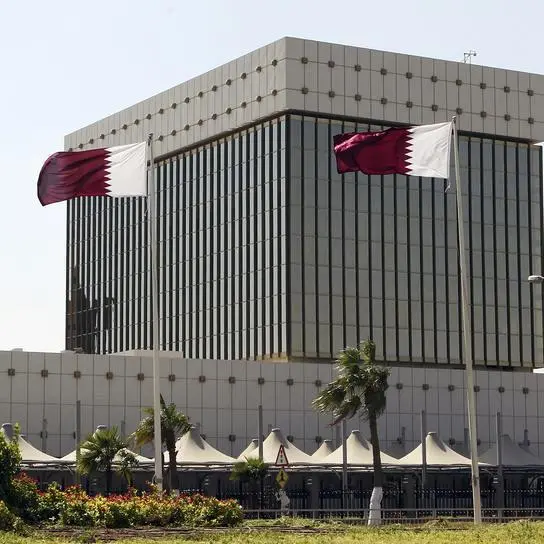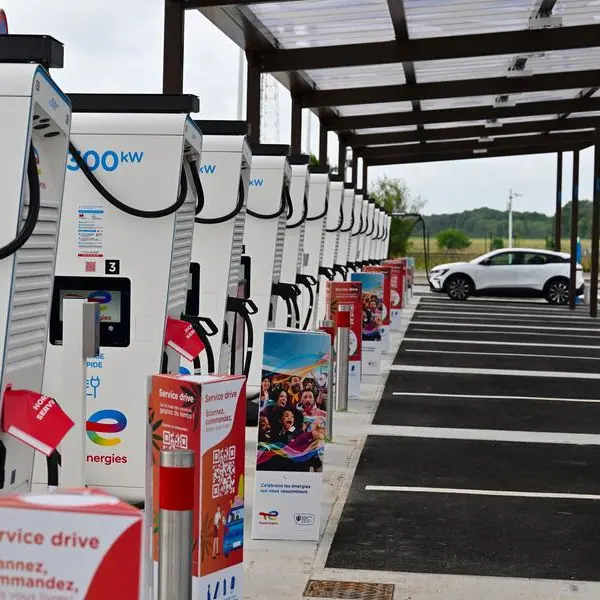The recent submission of proposals for the construction of a new solar park project in Tunisia highlight the country’s potential as a location for renewable energy projects at a time when domestic demand for power is rising rapidly.
In early August UK company TuNur submitted its proposal to the Ministry of Energy, Mines and Renewable Energies to build the 4.5-GW park in the south of the country. If approved and carried out, the project would have the capacity to power more than 5m homes, or 7m electric vehicles across Europe once fully operational, making it one of the largest facilities of its kind worldwide.
In its submission TuNur outlined plans to export power from the park to Europe via underwater cables. The firm hopes to roll out the facility as a phased development in Rjim Maatoug, located within the governorate of Kebili, which receives double the amount of exposure to the sun as central Europe.
The first segment of the plant will cost €1.6bn to build and is planned to generate 250 MW of electricity, with early estimates suggesting it could be up and running as early as 2020. Electricity produced at the park will provide power to Malta, Italy and France, before being redistributed throughout the integrated European network. The project will require installation of an underwater cable linking the Tunisian network to Malta, which is already connected to Europe. Two other cables joining Tunisia to France and Italy are also under consideration.
Solar and wind projects to boost renewables share in energy mix
TuNur’s proposal, while targeting the European market, comes against a backdrop of initiatives taking shape in Tunisia aimed at boosting capacity to meet growing local demand.
The country remains largely dependent on hydrocarbons. However, many of the new ventures will harness renewable energy technologies as part of a national drive to boost their contribution to Tunisia’s energy mix.
In June the government announced plans to tender projects worth a total of TD400m (€137.7m) that will provide a combined 210 MW of capacity, split between solar power (70 MW) and wind farms (140 MW).
Output from these projects – which the ministry said would include both small-size and utility-scale production facilities – will then be bought by public utilities company Société Tunisienne de l’électricité et du gaz (STEG) under long-term power purchase agreements.
For solar initiatives, 10 MW of planned capacity will be distributed among projects of up to 1 MW, with the remaining 60 MW to be awarded for projects with a maximum capacity of 10 MW. For wind power, meanwhile, 20 MW of planned capacity will be allocated to smaller projects of up to 5 MW and 120 MW to larger projects of up to 30 MW each.
Bids for most projects are scheduled to close on November 15, although a tender for half of the wind-power capacity will be finalised in August 2018.
News of the bids follows a government decision in March to award a €12.5m contract to Italian renewable energy company Ternienergia to develop a 10-MW solar power facility. The overall cost of the plant, to be located in Tozeur in the country’s south, has been estimated at €16m .
Generating capacity of renewables reaches some 342 MW
The push for renewable energy is already leading to large capacity increases. According to the energy ministry, Tunisia’s total installed green power generating capacity had reached approximately 342 MW by the end of 2016.
The government allocated some $1bn (€830m) for renewable energy projects in 2017, with the aim of adding 1000 MW of generation capacity. A total of 650 MW will be sought from solar photovoltaic power projects and 350 MW from wind, while the private sector is expected to contribute an additional $600m over the course of the year.
Tunisia further expects to source 30% of domestic energy needs from renewables by 2030, compared to less than 6% today, according to government estimates. By that time it hopes to have 4.7 GW of installed capacity from renewables using both state and private funding, according to the sector development blueprint, the Tunisian Solar Plan.
The strategy aims to capitalise on the country’s favourable solar exposure, or irradiation, which ranges from 1800 KWh per sq metre per year in the north to 2600 KWh per sq metre per year in the south.
While the move towards renewables has met with widespread approval, industry players have also highlighted the need for more supporting infrastructure.
Saïd Mazigh, general manager, Carthage Power Company, told OBG that transporting and storing solar energy remained an issue, as panels used to generate power are not in constant use. “For Tunisia to capitalise on its sunshine resources,” he said, “it needs to invest in the necessary infrastructure to support solar energy projects.”
© Oxford Business Group 2017











